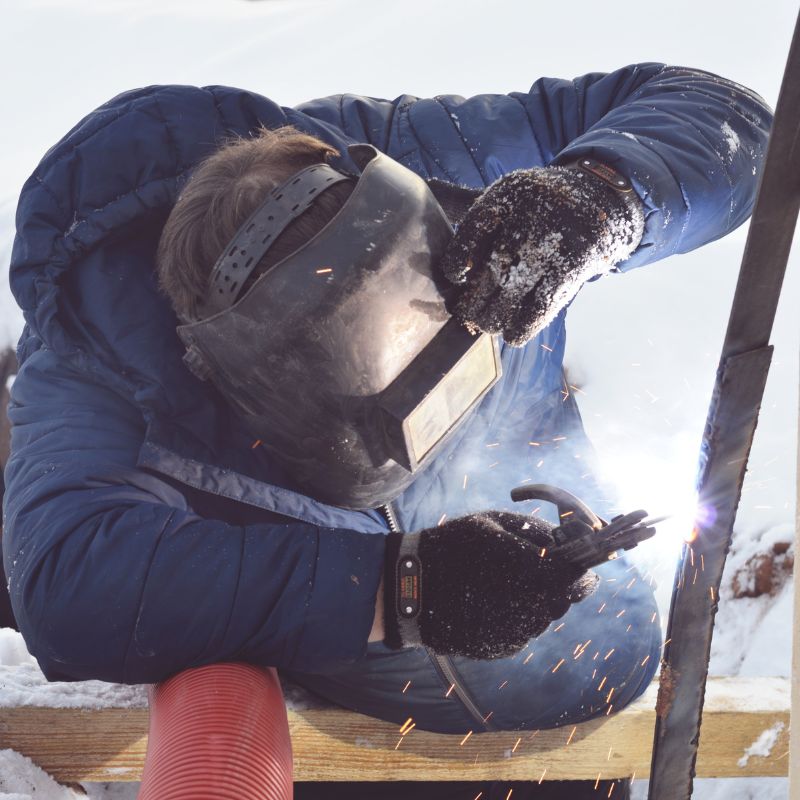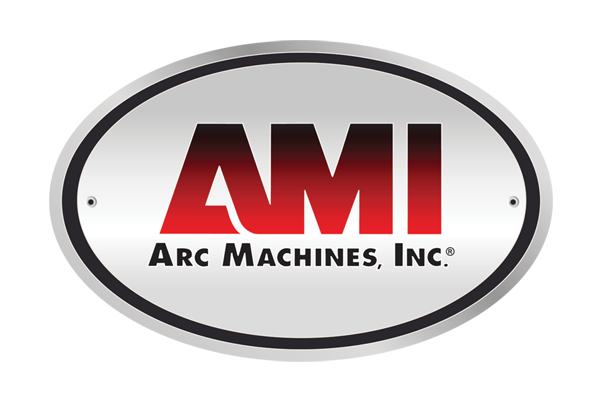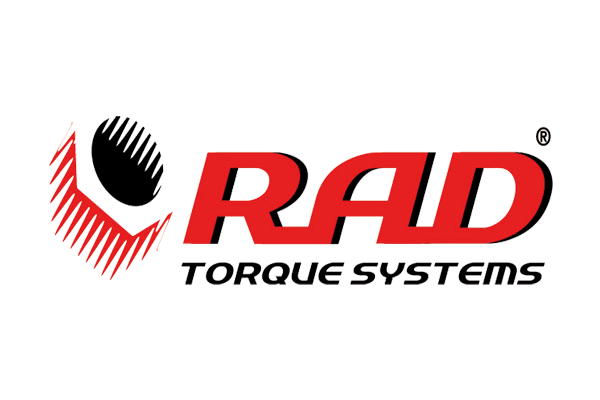5 Tips for Welding in an Extremely Cold Environment
Whether your project is delayed due to hail or you’re trying to finish a last-minute build before the snow falls, winter weather typically makes it harder to weld. While it isn’t impossible to weld successfully in the winter, it is more difficult. However, it’s important to prepare yourself for the extra work involved. Check out these five tips for welding in an extremely cold environment to help get you inside faster.
Isolate Your Work Area
When working on a welding project in a cold place, it’s important to isolate your work area. This removes the worry of rain or snow getting in the way and making it difficult to get a quality weld done. Covering the work area with plastic sheeting and scaffolding is perfect for protecting it.
Set Up a Heater
Depending on how cold you expect it to get, it’s important to keep warm. There are two ways to do this: either warm your workstation or have a designated break area where you and your crew can warm up. When warming up your workstation, place a space heater in the same area as your automated pipe spool welding machine to avoid it experiencing cold temperatures when finishing your project.
Preheat Your Metal
Due to the lower temperatures, your welds will likely cool much faster than usual. This makes your welds less stable due to their increased chances of cracking during the cooling process. Preheating the metal before working on it allows it to cool more evenly and reduces the chances of damage.
Have Back-Up Clothing
The last thing you want is to freeze if you get wet on the job. Whether your clothes are wet from snow or a random accident, it’s a good idea to have extra pants, shirts, and socks for anyone who needs them. Cold stress is a real cause for concern. Keeping everyone warm and knowing the signs and symptoms of hypothermia are key to maintaining safety.
Cover Your Extremities
Everything from your ears to your toes is best kept covered and warm. These are the locations where heat leaves your body. Keeping these areas warm with items such as thermal wear, gloves, and thick socks, helps retain that heat. The more layers, the better.
Welding in cold weather is not an ideal circumstance. However, when you are in a situation where you can’t avoid it, it’s important to consider the different factors that come into play. These five tips for welding in an extremely cold environment are great for setting yourself up to get the job done safely and securely.









